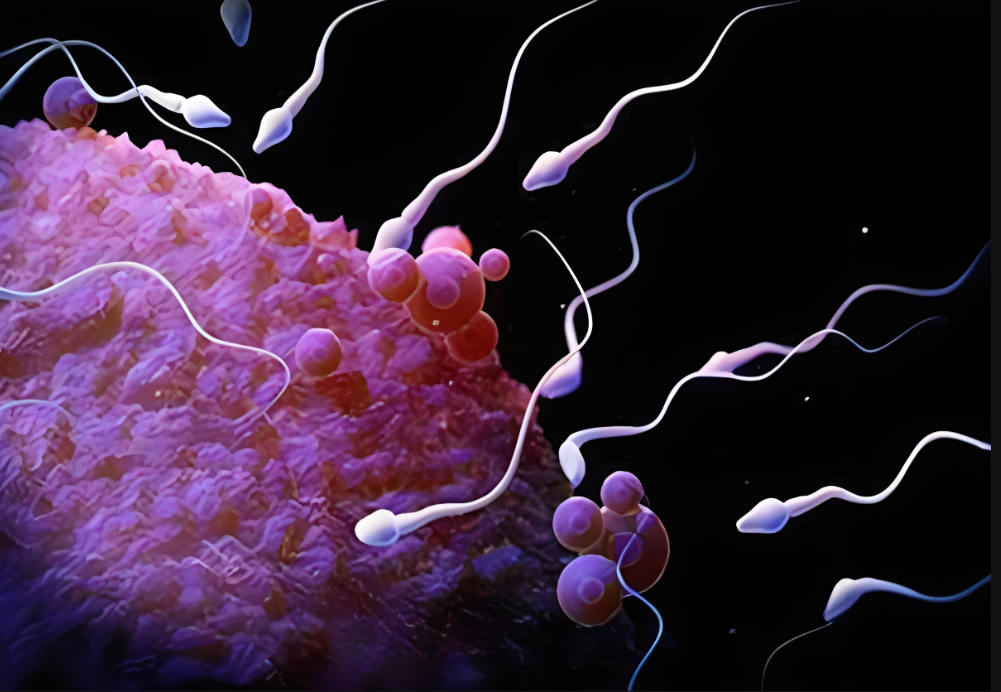From scratch: Microscopic testicular sperm retrieval helps azoospermia patients
As medical technology continues to develop, some people diagnosed with azoospermia now have the opportunity to have their own children without the help of a sperm bank. So how do they get sperm? This involves two common procedures: sperm retrieval by epididymal / testicular puncture and microscopic testicular sperm retrieval. Below, I will explain the difference between these two procedures in detail.

Epididymal/testicular sperm aspiration
For patients with non-obstructive azoospermia, we use a simpler procedure called epididymal/testicular sperm aspiration. Specifically, a fine needle is used to puncture the epididymis or testis and remove a small amount of tissue to look for sperm and to determine the spermatogenic function of the testes. This method is relatively easy to perform but has some limitations.
Microsperm extraction
Microsperm harvesting is known as microscopic sperm harvesting with an orchiectomy. This is a more delicate and minimally invasive procedure in which a small incision is made in the testicle, and then, with the aid of a microscope, we carefully search for possible spermatogenic vasculature. These selected tubules are then sent under a microscope at 20 times magnification to further search for sperm. This procedure greatly improves the accuracy and efficiency of sperm retrieval. If the sperm is successfully retrieved, it can be used for second generation IVF. Compared to traditional testicular sperm retrieval methods, microsperm retrieval has a relatively high rate of sperm acquisition.

Differences in indications for the procedure
Indications for epididymal / testicular sperm retrieval: mainly for patients with obstructive azoospermia. These patients have normal testicular spermatogenesis but are unable to expel sperm due to obstruction of the vas deferens. In such cases, sperm can usually be retrieved by epididymal/testicular puncture.
Indications for microsperm retrieval: mainly for patients with non-obstructive azoospermia, i.e., those with problems with testicular spermatogenesis. Often, it is difficult to obtain sperm by epididymal/testicular puncture. Common cases include patients whose testes are too small for routine testicular biopsy, as well as patients with non-obstructive azoospermia, or those in whom no sperm have been found on previous testicular biopsy. It is particularly indicated in patients with non-obstructive azoospermia of clear etiology such as Kirschner’s syndrome, after cryptorchid surgery, Y chromosome C deletion, testicular atrophy after testicular injury, and post-pubertal mumps.

Is microsperm extraction necessary if sperm is not retrieved by epididymal/testicular puncture?
Sperm retrieval by epididymal/testicular puncture is somewhat random. Since the puncture is performed at one or several points on the epididymis or testis, if there is very little active spermatogonial tissue in the testis, the needle may not be able to hit these critical areas. According to a large number of national and international statistics, epididymal/testicular puncture is much less likely to be successful than microtesticular sperm retrieval. Microscopic sperm retrieval involves opening up the testicle and carrying out a thorough search, using a surgical microscope to identify it at a magnification of 20 times. This makes it possible to precisely select the spermatogenic tissues and reduces the interference of invalid tissues, making it much less difficult to isolate and locate the spermatozoa. Therefore, even if the epididymal/testicular puncture does not reveal any sperm, do not give up so easily, but still try microscopic testicular sperm retrieval.
Will the procedure affect my sex life?
Whether it is epididymal/testicular sperm retrieval or micro sperm retrieval, the procedure itself will not affect the function of the testicles or the couple’s sex life, and there is basically no difference in the status of the patient before and after the procedure. Generally speaking, patients can resume normal sex life about one month after the operation.
I hope the above can help you better understand these two surgeries and bring more hope to azoospermia patients. If you still have any questions, please feel free to ask.
相关推荐
- Five Golden Steps to Double Pregnancy Success After IVF Embryo Transfer
- Busting the Three Biggest IVF Lies: International Reproduction Experts Reveal Truths 90% of Families Don’t Know
- Scientific Breakthroughs in 35+ Advanced Fertility Preparation
- Early signs of pregnancy after IVF transfer
- The truth about advanced fertility: waiting 1 year over 38 = scrapping 3 embryos!
Search within the site
Surrogacy News
Hot Tags.
Georgia Surrogacy Services,Legal IVF Hospital,Global Fertility Agency